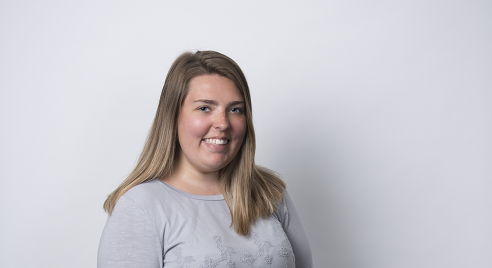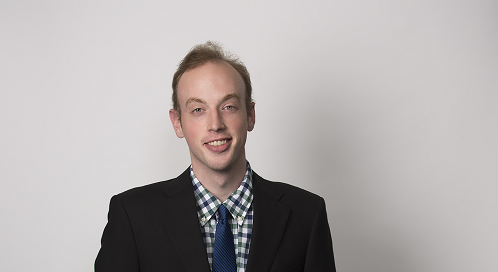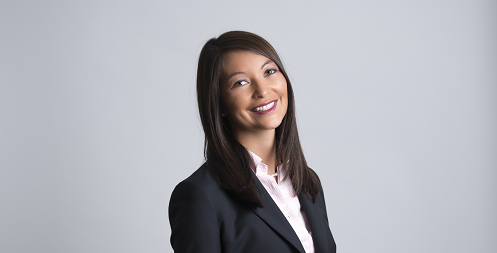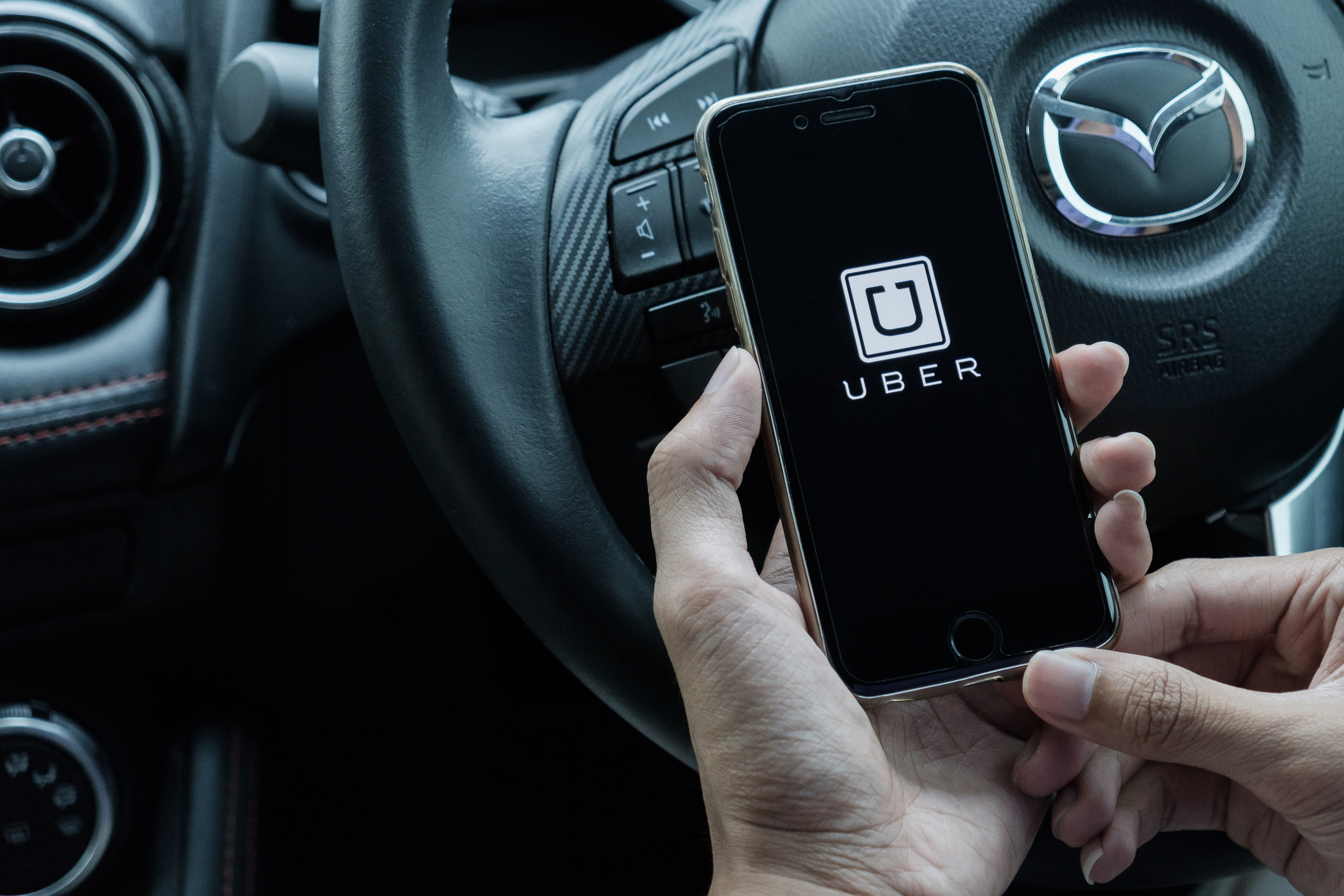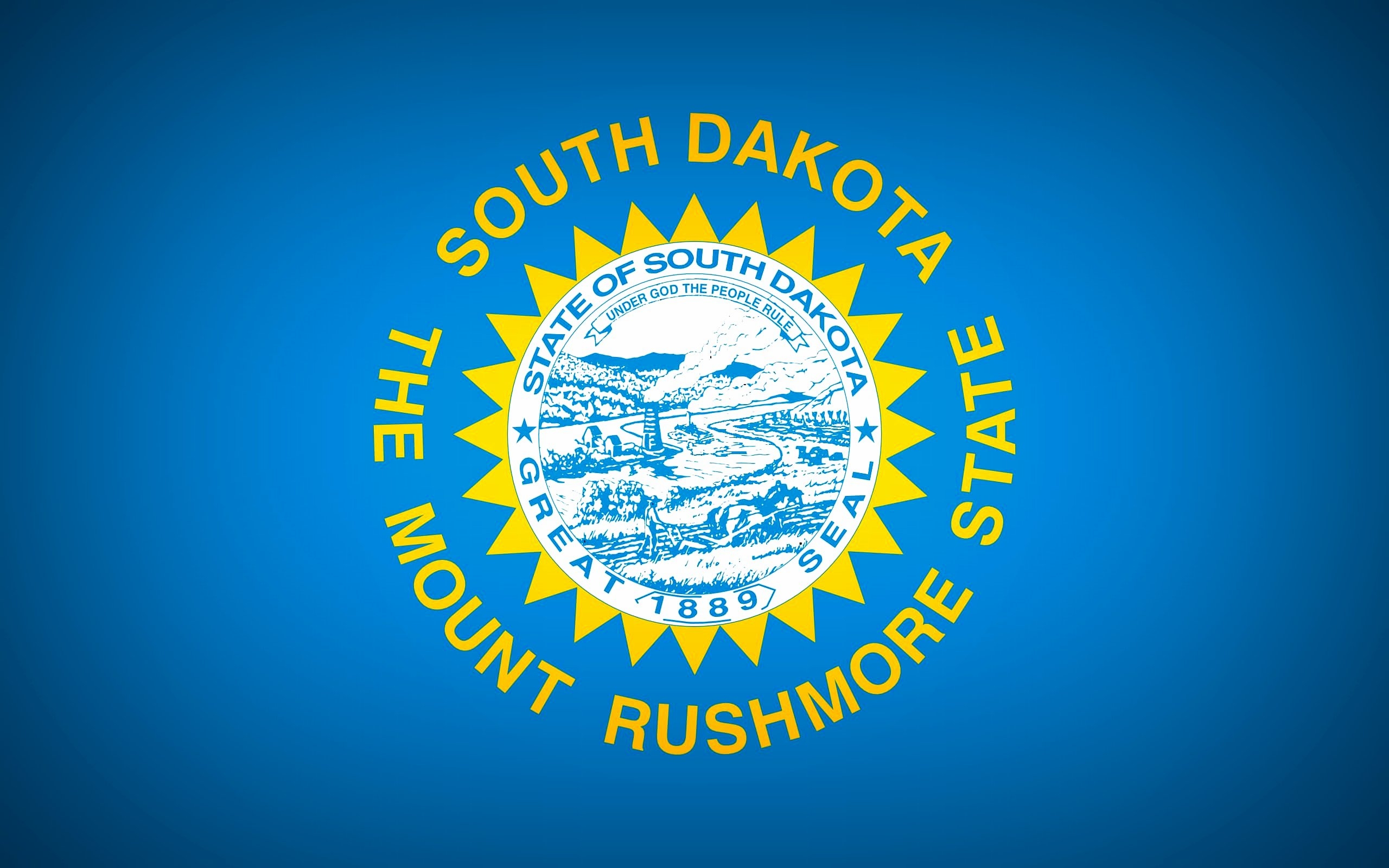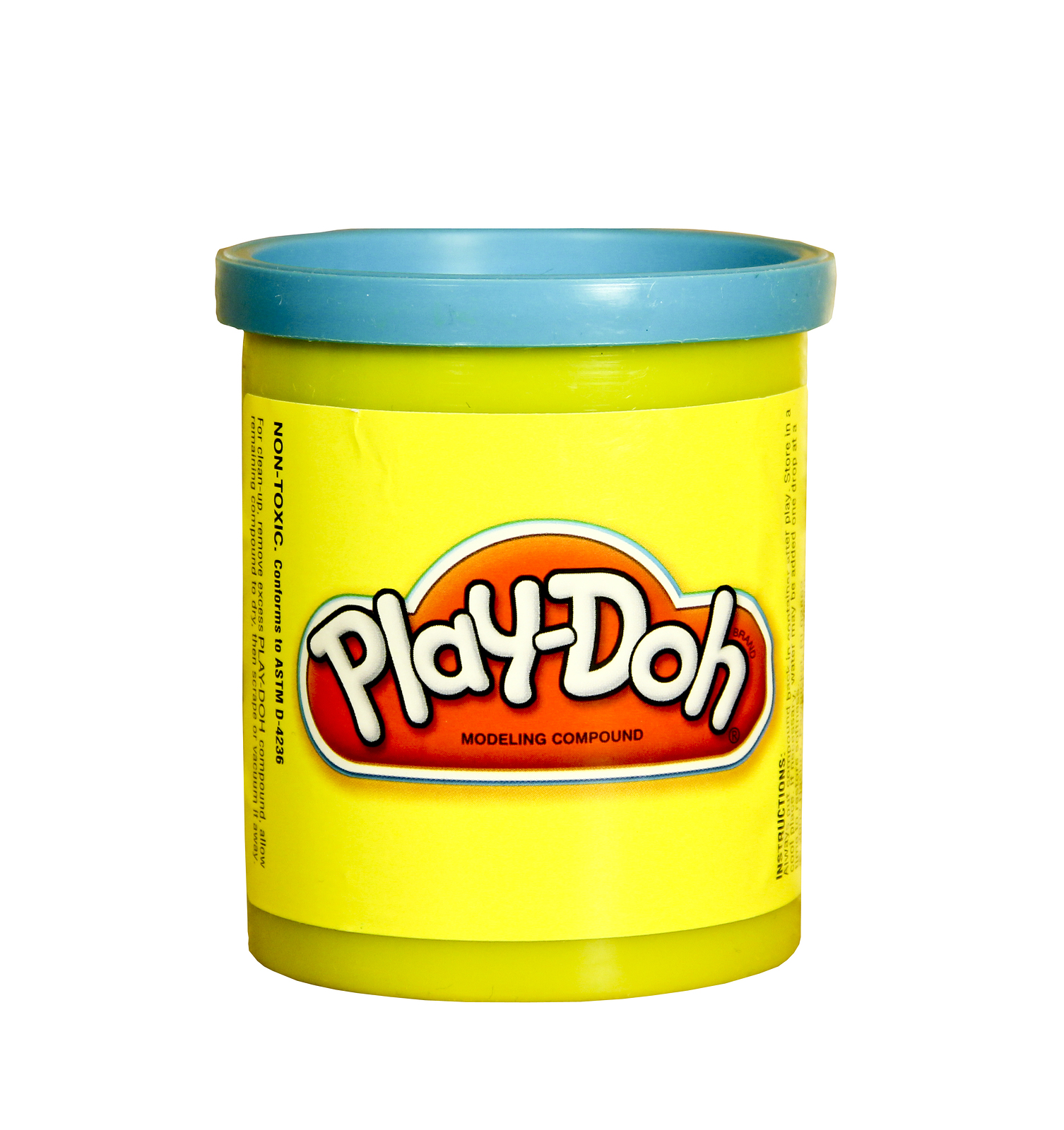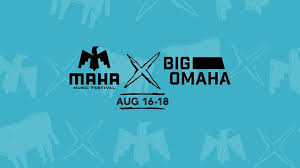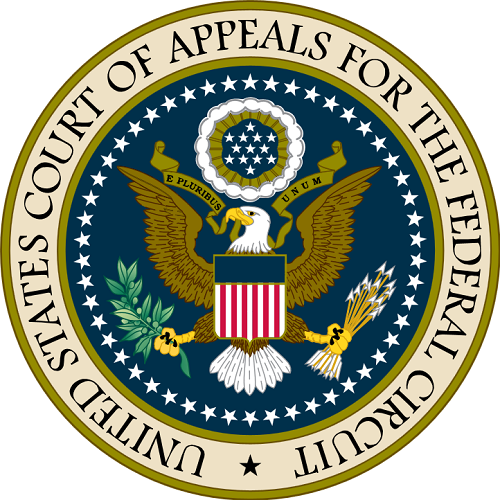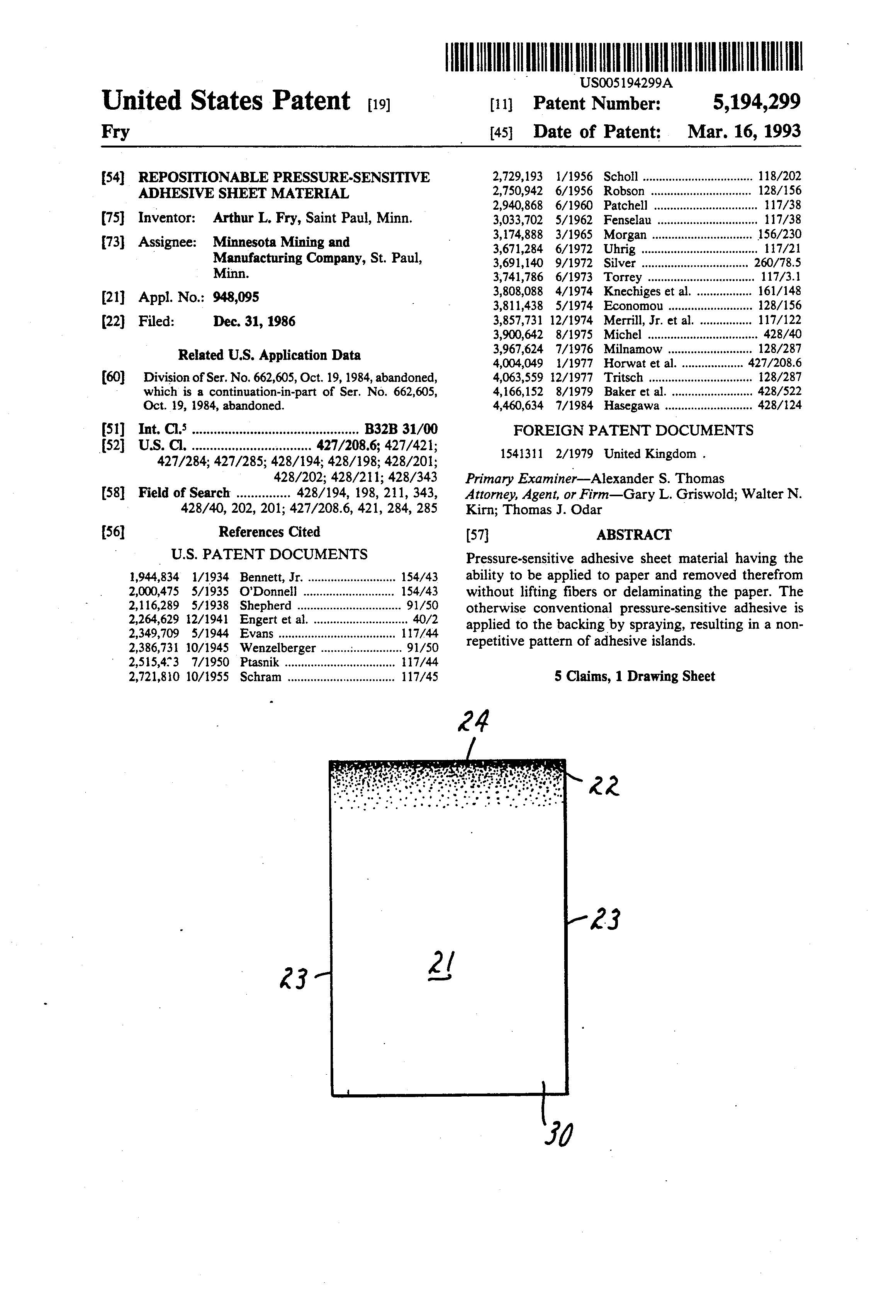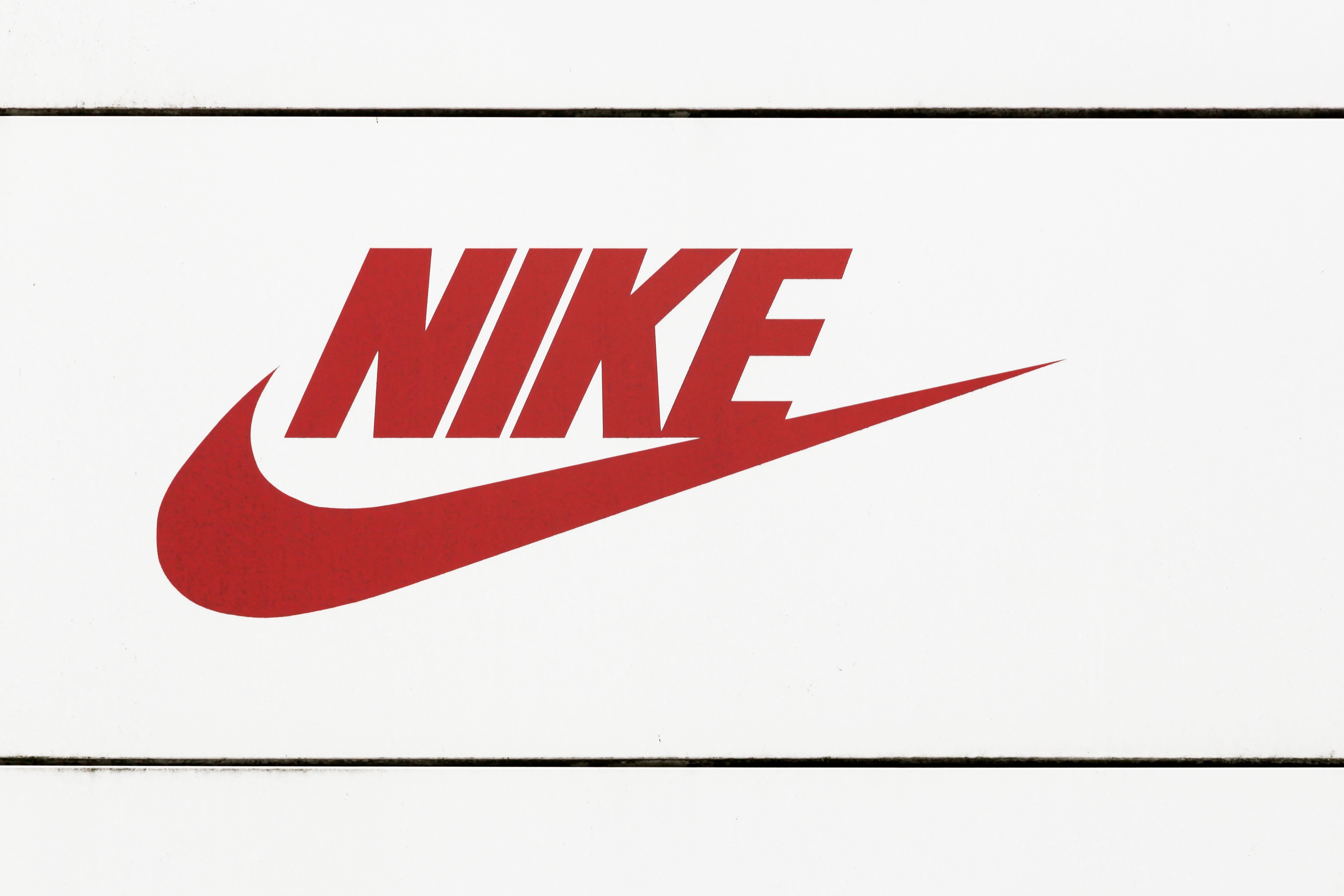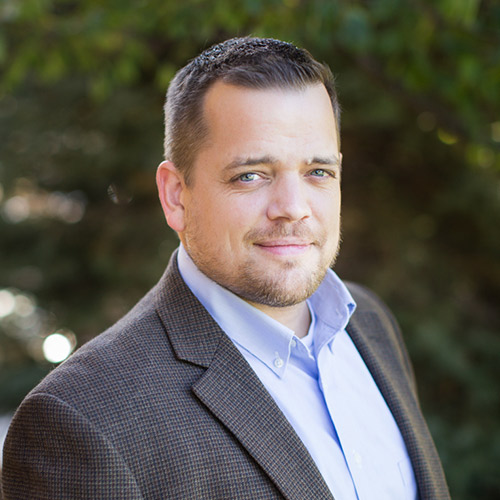Suiter Swantz IP Welcomes Marketing Intern Cassandra Dorner
Cassandra Dorner joined Suiter Swantz IP in 2018 as a Marketing Intern for the Firm. Casandra is currently a student at Creighton University and will graduate in 2018 with a BSBA in Marketing.
Outside of the office, Cassandra enjoys volunteering with nonprofits, outdoor activities, and Husker football games
Suiter Swantz IP Welcomes Summer Associate Ben Smith
Ben Smith joined Suiter Swantz IP in 2018 as a Summer Associate for the Firm. Ben received his Bachelor’s Degree in Mechanical Engineering from the University of Nebraska-Lincoln. Ben is currently in his second year of law school at the University of Nebraska College of Law.
Suiter Swantz IP Welcomes Summer Associate Elizabeth Foley
Elizabeth Foley joined Suiter Swantz IP in 2018 as a Summer Associate for the Firm. Elizabeth received her Bachelor’s degree in Chemistry and a minor in Business Administration from Creighton University. Elizabeth currently attends Creighton University School of Law, where she is the President of the Intellectual Property Society, writer on the Creighton International and Comparative Law Journal, member of Phi Delta Phi, a participant of Inns of Court, and a member of Law Ambassadors.
Outside of the office, Elizabeth enjoys spending time with her family, cheering on the Jays, cooking, and traveling.
New Technology Tells Uber if You’re Drunk
Uber has changed the way people get to and from places, especially those that may have had one cocktail too many. In March of 2018, it was reported that Uber had 75 million riders with 10 million trips taken each day.
Recently, Uber filed a new patent application with technology that has the ability to determine a user’s level of inebriation. This new patent application, “Vehicle Servicing System” is described as a system that uses a computer model to predict the user’s state.
This new artificial intelligence would be able to determine a user’s level of inebriation by requesting current data on their information and behavior. For example, if a user is in an area of town known for its nightlife, it’s two in the morning, the user is walking slowly, and the user is typing in the app in a slow manner which contains a lot of typos, all of these behavioral factors could be taken into consideration. The behavior is then compared to previous requests and behaviors, and the service request can be altered based on the state of the user.
This raises some concerns as Uber ride requests surge around bar closing times. Uber is one of the safest ways an intoxicated person can get home. Uber reported 60 fewer drunk driving car accidents each month in California. “Several independent studies have shown Uber’s presence in cities can help reduce drunk-driving,” a company spokeswoman said. “We’re glad to provide an alternative to drunk driving that helps people make safer, more responsible choices.”
Uber responded to the concerns and said, "We are always exploring ways that our technology can help improve the Uber experience for riders and drivers. We file patent applications on many ideas, but not all of them actually become products or features."
The information being collected is not just for determining a user’s inebriation level. If the algorithm feels the user’s behavior is unusual, it could possibly pair them with a more experienced driver or potentially deny the ride request completely. The technology may also deny the user the ability to join an UberPOOL, a ridesharing service that gives riders an option to share rides, matching them with riders who are going in the same direction.
As Uber stated, this technology has just been described in a patent application and has not been implemented, but it does have many concerned as a majority of those getting an Uber may do so because they are inebriated.
Suiter Swantz IP is a full-service intellectual property law firm, based in Omaha, NE, serving all of Nebraska, Iowa, and South Dakota. If you have any intellectual property questions or need assistance with any patent, trademark, or copyright matters would like to speak with one of our patent attorneys, please contact us.
South Dakota Innovation
Although many associate outdoor wonders such as Mount Rushmore, the Blackhills, and the Badlands with South Dakota, the state also has a rich history of innovation. In 2013, South Dakota set a state record for patents with 129 utility patents, which was up 60% from the previous year. Famous inventors from South Dakota include Ernest Orlando Lawrence, Waldo A. Ross, Robert P. Stahl, and more! A few widely known inventions from the Mount Rushmore State include the following:
The Cyclotron
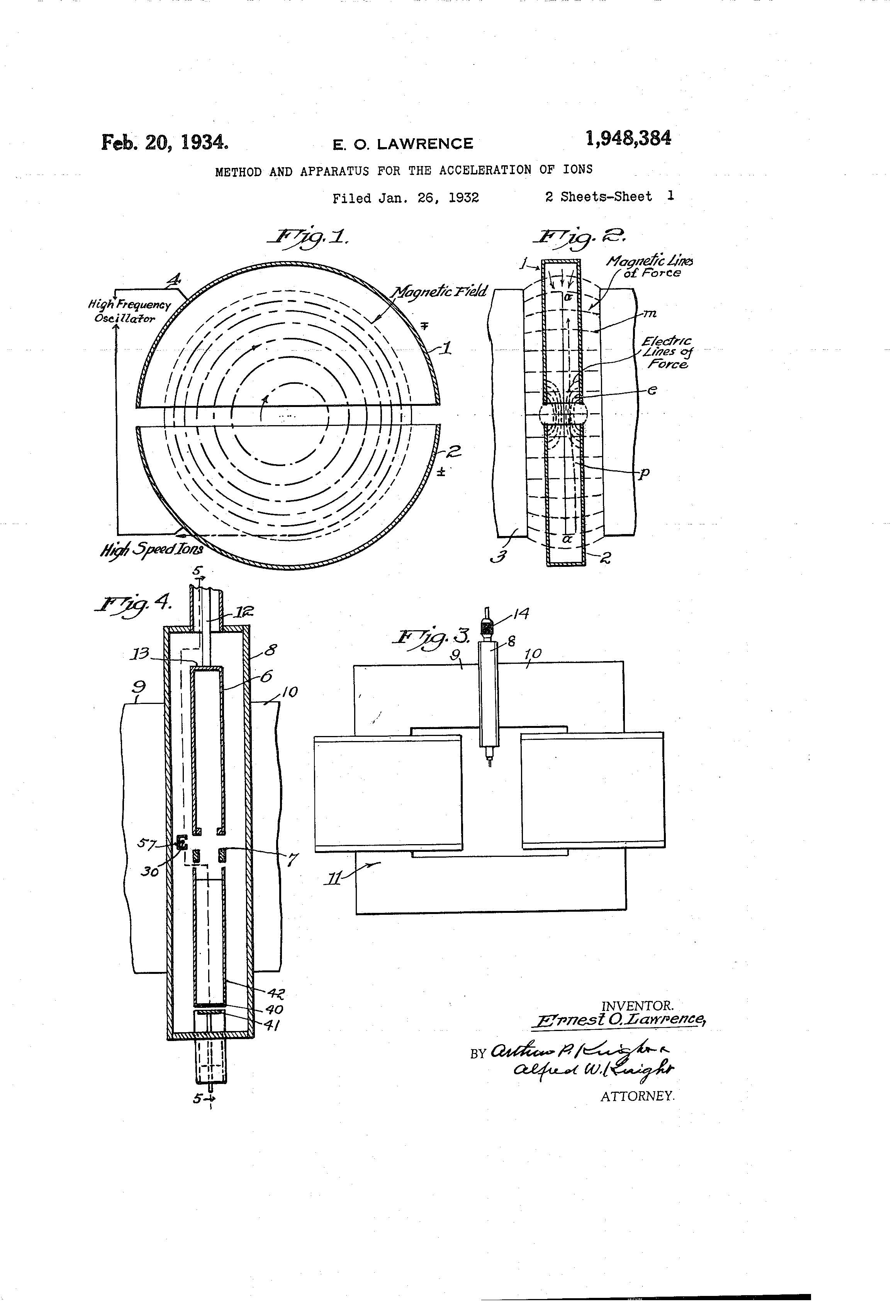 The start of the Cyclotron began in 1929 by Ernest O. Lawrence. Lawrence was born in 1901 in Canton, South Dakota. In 1932, Lawrence was granted the patent for his invention, Method and Apparatus for the Acceleration of Ions, or cyclotron U.S. Patent No. 1,948,384. The cyclotron invention is described as:
The start of the Cyclotron began in 1929 by Ernest O. Lawrence. Lawrence was born in 1901 in Canton, South Dakota. In 1932, Lawrence was granted the patent for his invention, Method and Apparatus for the Acceleration of Ions, or cyclotron U.S. Patent No. 1,948,384. The cyclotron invention is described as:
A method and apparatus for the multiple acceleration of ions. The invention is based primarily upon the cumulative action of a succession of accelerating impulses each requiring only a moderate voltage but eventually resulting in an ion speed corresponding to a much higher voltage.
A cyclotron is a particle accelerator that accelerates charged particles outwards from the center along a spiral path. The particles are held in place in a spiral trajectory with a magnetic field. Cyclotrons were the most powerful particle accelerators until the 1950s. Cyclotrons were mostly used for nuclear physics experiments. Lawrence worked on the famous Manhattan Project and received the Nobel Prize in Physics in 1939 for his work on the cyclotron. Lawrence Livermore Laboratory in California and the element “lawrencium” are named after Lawrence.
The Armored Motor Car
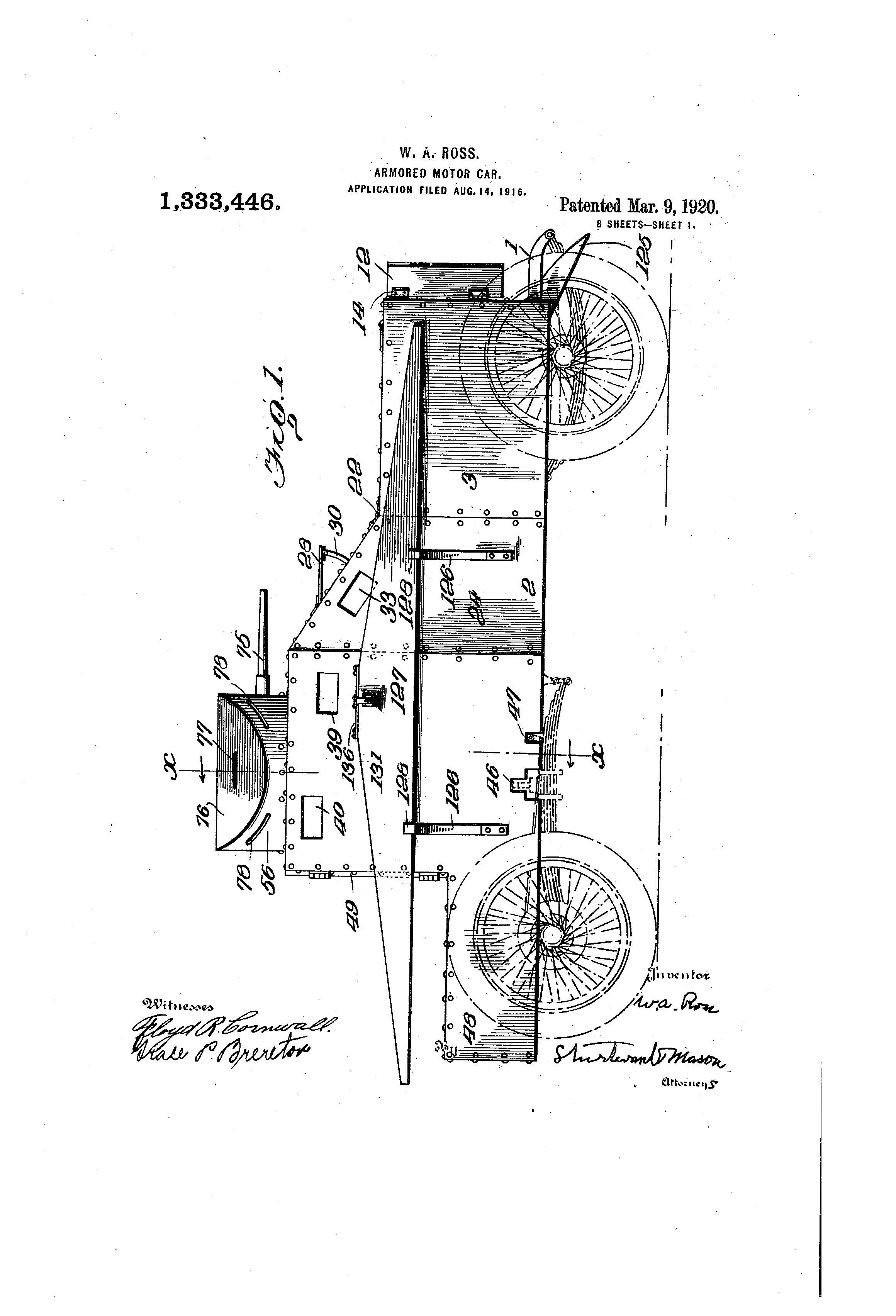
Waldo A. Ross of Sioux Falls, South Dakota had useful improvements in armored motor cars. He patented the improvements in 1920 U.S. Patent No. 1,333,446. The improvements made by Ross are described as:
A motor car of this character in which an armored housing is so constructed that it can be placed upon the chassis of the ordinary motor vehicle and fully protect the working parts of the car and also the driver and the gunner.Another object of [this] invention is to provide a motor car of this character in which a revolving turret having a gun mounted therein is so arranged that the gun can be pointed in any direction and having a seat so, mounted in the turret that the operator of the gun, sitting on the seat will be in a line with the gun, no matter in which direction the gun is pointed and the car is tilted.
These improvements were designed to make the armored car safer and more effective. The patent also details another objective which is “to provide a light, cheap, and effective armored car.” Armored cars such as these were mostly used by the armed forces.
The Ejector Seat
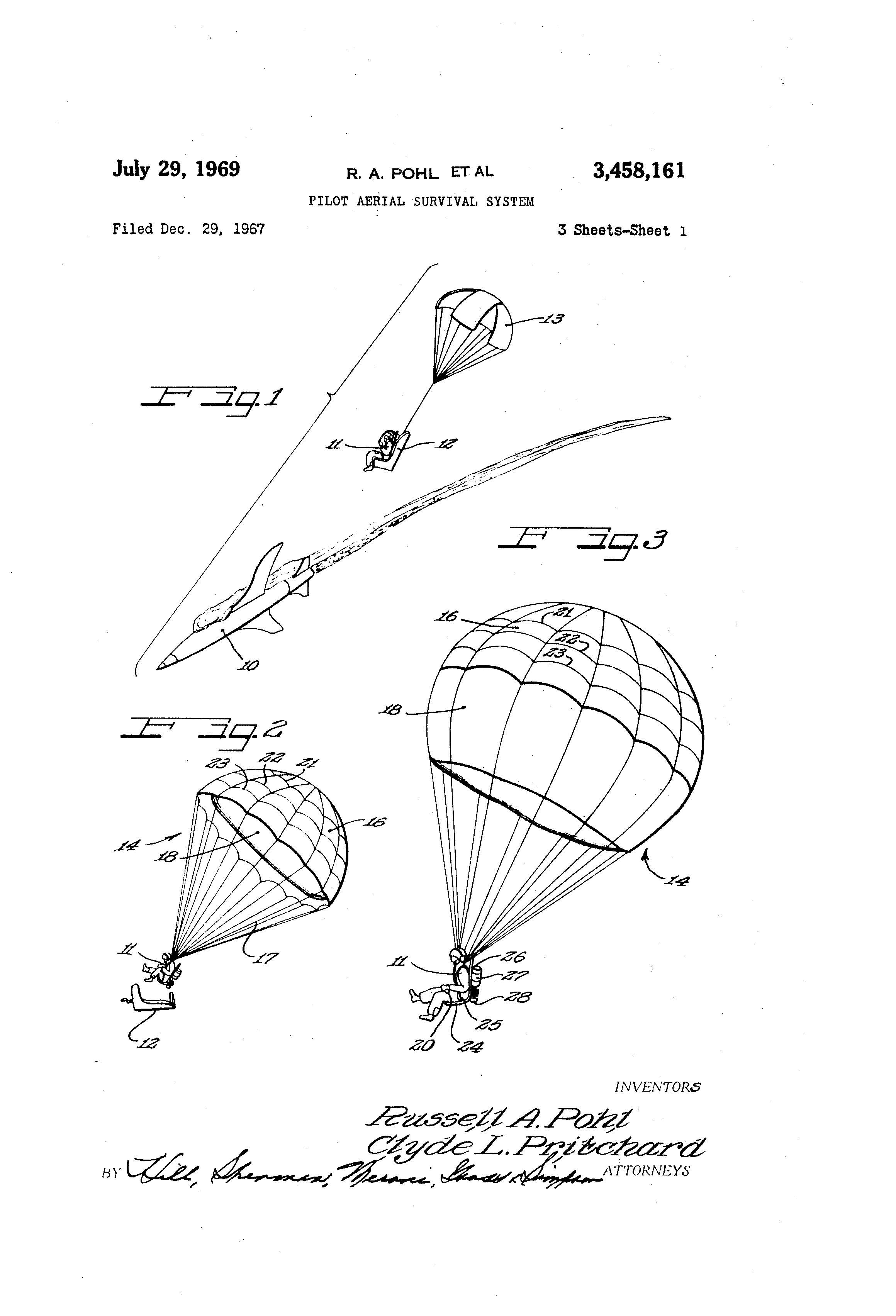
Russell A. Pohl and Clyde L. Pritchard both of Sioux Falls, South Dakota were granted the patent for “Pilot Aerial Survival System” on July 29, 1969, U.S. Patent No. 3,458,161. This ejector seat includes a canopy as well as a heater so the user is able to sustain altitude and control their descent, making it is easier for them to choose a suitable landing area. These improvements made the canopy more like a hot air balloon than a true ejector seat.
It is an object of 'the present invention to provide a balloon with improved features which make it possible to carry a man aloft on an altitude controlled flight for a predetermined extended length of time and wherein the balloon is constructed of a lightweight relatively inexpensive material which is reusable, and is not susceptible to damage by cutting or contact with sharp objects or rough surfaces.
Suiter Swantz IP understands the innovative spirit of South Dakota and is proud to be an anchor tenant in the South Dakota State Research Park.
Suiter Swantz IP is a full-service intellectual property law firm, based in Omaha, NE, serving all of Nebraska, Iowa, and South Dakota. If you have any intellectual property questions or need assistance with any patent, trademark, or copyright matters and would like to speak with one of our patent attorneys, please contact us.
Play-Doh is Granted Trademark on Signature Scent
There are not too many people in the world that don’t have some sort of memory of playing with PLAY-DOH® when they were a child. Tearing the lid off the PLAY-DOH container and getting a whiff of that signature scent, to this day, transports you back to a younger, more carefree time.
PLAY-DOH was patented in 1965, by Noah W. McVicker and Joseph S. McVicker of Cincinnati. The Plastic Modeling Composition of a Soft, Pliable Working Consistency (U. S. Patent No. 3,167,440) was originally designed to be wallpaper cleaner, but the brothers found it made for a better toy as it was toxic-free and made little to no mess.
The recipe for PLAY-DOH has remained almost untouched since it was first introduced. Since 1991, Hasbro has been the owner and manufacturer of the moldable clay. The company, no stranger to intellectual property, decided to expand its portfolio on one of their most popular selling items and applied for a trademark on the clay’s signature scent.
The trademark application was filed in February 2017, and the company was granted a sensory mark on May 15, 2018, Registration No. 5,467,089. The moldable clay’s scent was described as a “sweet, slightly musky, vanilla fragrance, with slight overtones of cherry, combined with the smell of a salted, wheat-based dough”
While trademarks on scents are not very common, they can be granted. The United States Patent and Trademark Office (USPTO) requires multiple scent samples be sent to an examining attorney. In addition to the scent samples, an applicant must also prove (1) that the scent serves a non-functional purpose and (2) has acquired distinctiveness (two factors required to award any trademark).
Jonathan Berkowitz, senior vice president of Global Marketing for the PLAY-DOH brand said “[t]he scent of PLAY-DOH compound has always been synonymous with childhood and fun. By officially trademarking the iconic scent, we are able to protect an invaluable point of connection between the brand and fans for years to come.”
The company loves their signature scent so much that in 2008, for PLAY-DOH’s 50th anniversary, they released a cologne/perfume line with Demeter. The description of the scent on the site says “Demeter has bottled that fresh, just-out-of-the-can, eau de PLAY-DOH aroma as part of a year-long celebration of the beloved modeling compound's 50th birthday. The 1-ounce, spray bottle fragrance is meant for highly-creative people, who seek a whimsical scent reminiscent of their childhood.”
While most large corporations actively pursue those who infringe on their intellectual property, this case is a little different. A Hasbro representative told Gizmodo they have no plans for litigation now that the trademark is official. “Registering the iconic PLAY-DOH scent as a trademark gives Hasbro a whole host of fun and creative opportunities in the future, but in the present moment, plans are not currently set.”
Suiter Swantz IP is a full-service intellectual property law firm, based in Omaha, NE, serving all of Nebraska, Iowa, and South Dakota. If you have any intellectual property questions or need assistance with any patent, trademark, or copyright matters would like to speak with one of our patent attorneys please contact us.
Big Omaha 2018
Suiter Swantz IP is proud to be a sponsor of this year's Big Omaha. Big Omaha is an annual conference that brings together entrepreneurs, founds, investors, and emerging leaders. It celebrates entrepreneurship, innovation, and hard work. This year Big Omaha had partnered with the Maha Music Festival which will showcase a vibrant, eclectic mix of national and local musicians.
The conference will be held at The Omaha Design Center, August 16 - 17. To learn more about this event click here.
The 10 Millionth Patent Issued
The 10 millionth patent has issued! In addition to this milestone, this patent will also be the first issued patent with the newly released patent cover.
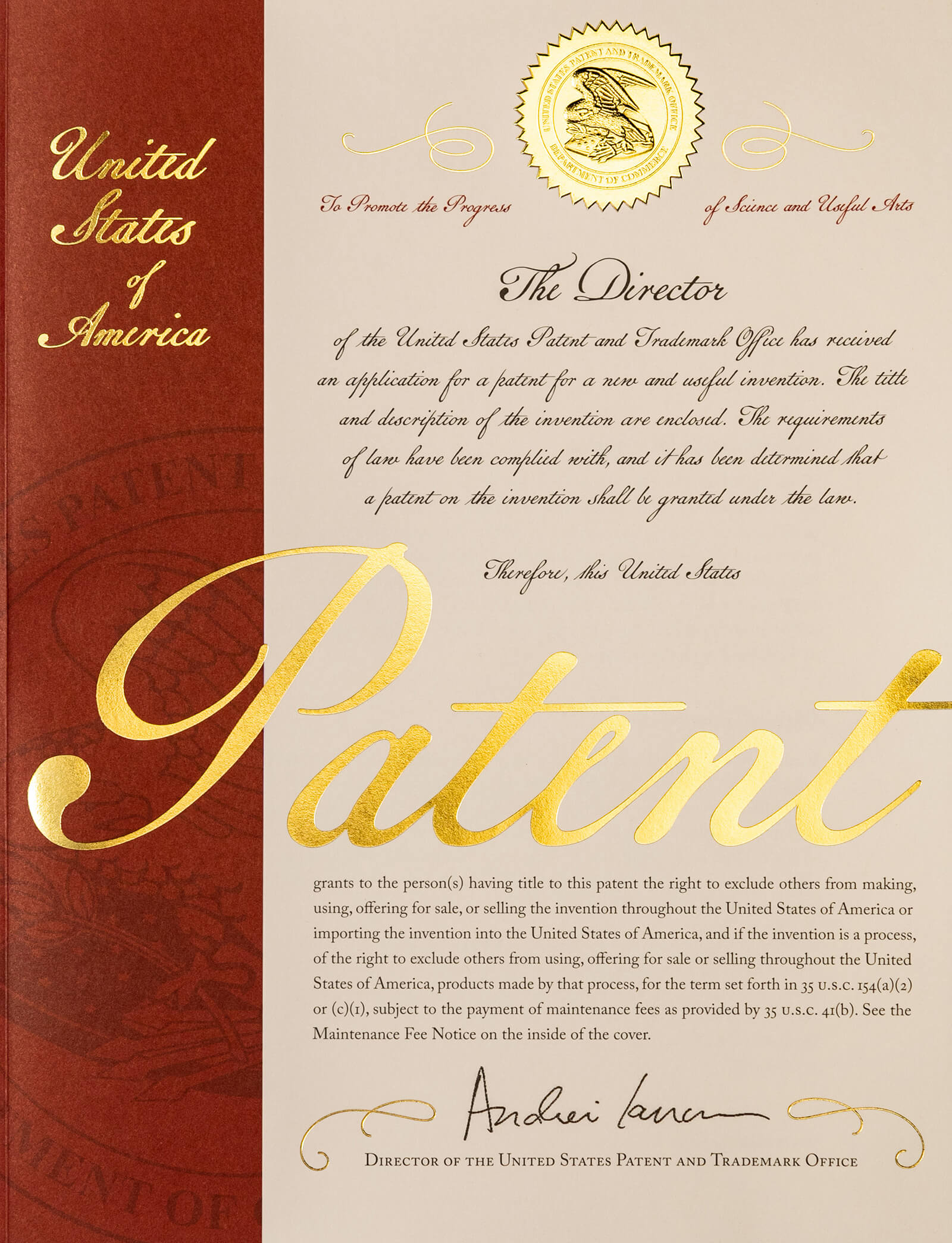 The long-awaited U.S. Patent No. 10,000,000 is for COHERENT LADAR USING INTRA-PIXEL QUADRATURE DETECTION. This invention can be used for “autonomous vehicles, medical imaging services, military defense systems, and space and undersea exploration.” The 10 millionth patent “is directed in general to laser detection and ranging and
The long-awaited U.S. Patent No. 10,000,000 is for COHERENT LADAR USING INTRA-PIXEL QUADRATURE DETECTION. This invention can be used for “autonomous vehicles, medical imaging services, military defense systems, and space and undersea exploration.” The 10 millionth patent “is directed in general to laser detection and ranging and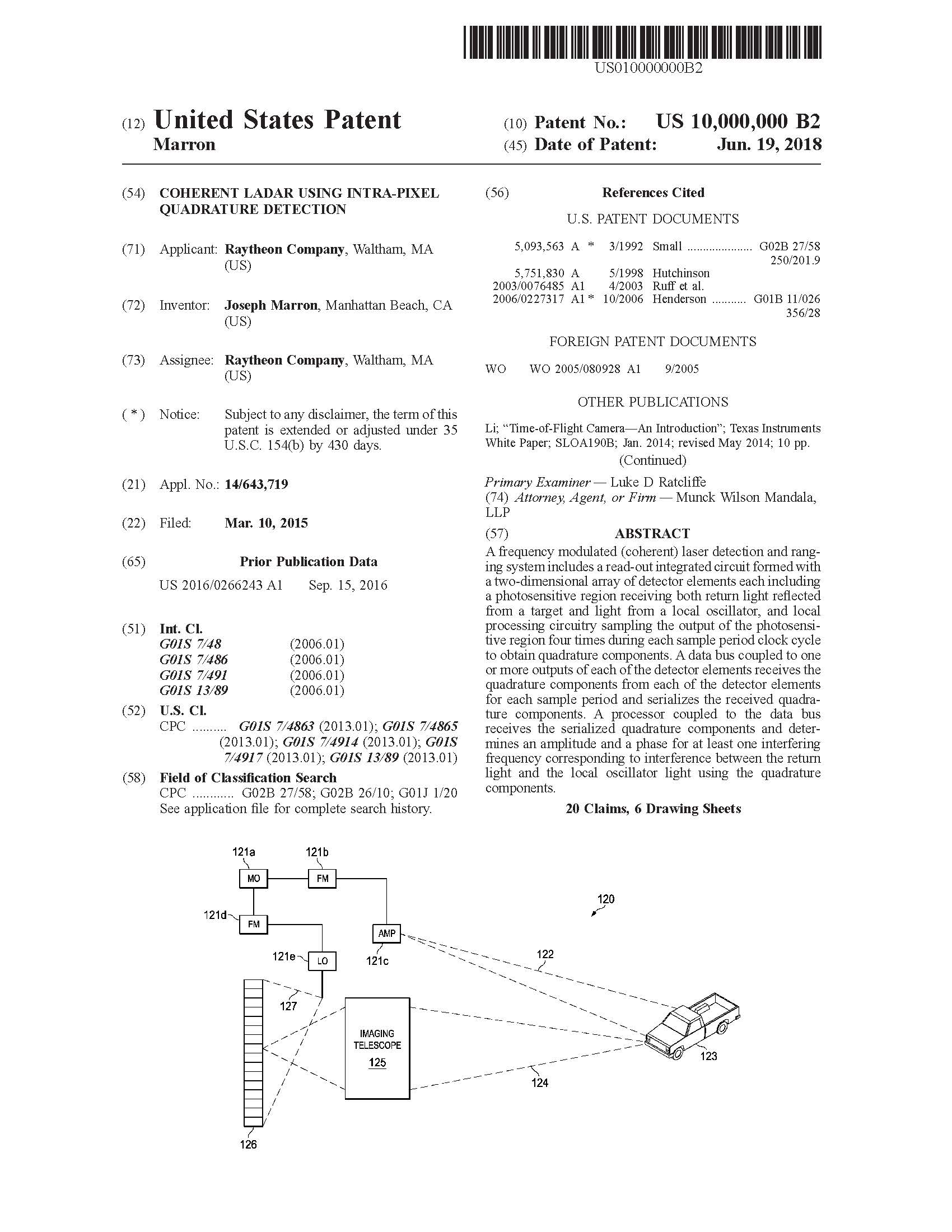 more particularly to frequency-modulated laser detection and ranging.” The Director of the United States Patent and Trademark Office, Andrei Iancu said ” Some of the greatest leaps humanity has made have been fueled by our greatest inventors, Americans who have changed the course of history with their brilliance and dogged perseverance.“ To celebrate the ten millionth patent, let’s take a trip down patent lane.
more particularly to frequency-modulated laser detection and ranging.” The Director of the United States Patent and Trademark Office, Andrei Iancu said ” Some of the greatest leaps humanity has made have been fueled by our greatest inventors, Americans who have changed the course of history with their brilliance and dogged perseverance.“ To celebrate the ten millionth patent, let’s take a trip down patent lane.
1700’s-1800’s
The Patent Act was passed in 1790. Thomas Jefferson, Secretary of State, was a member of the first Patent Board, along with Henry Knox, Secretary of War, and Edmund Randolph, Attorney General. Jefferson is considered to be the first administrator of the American patent system and the first patent examiner.
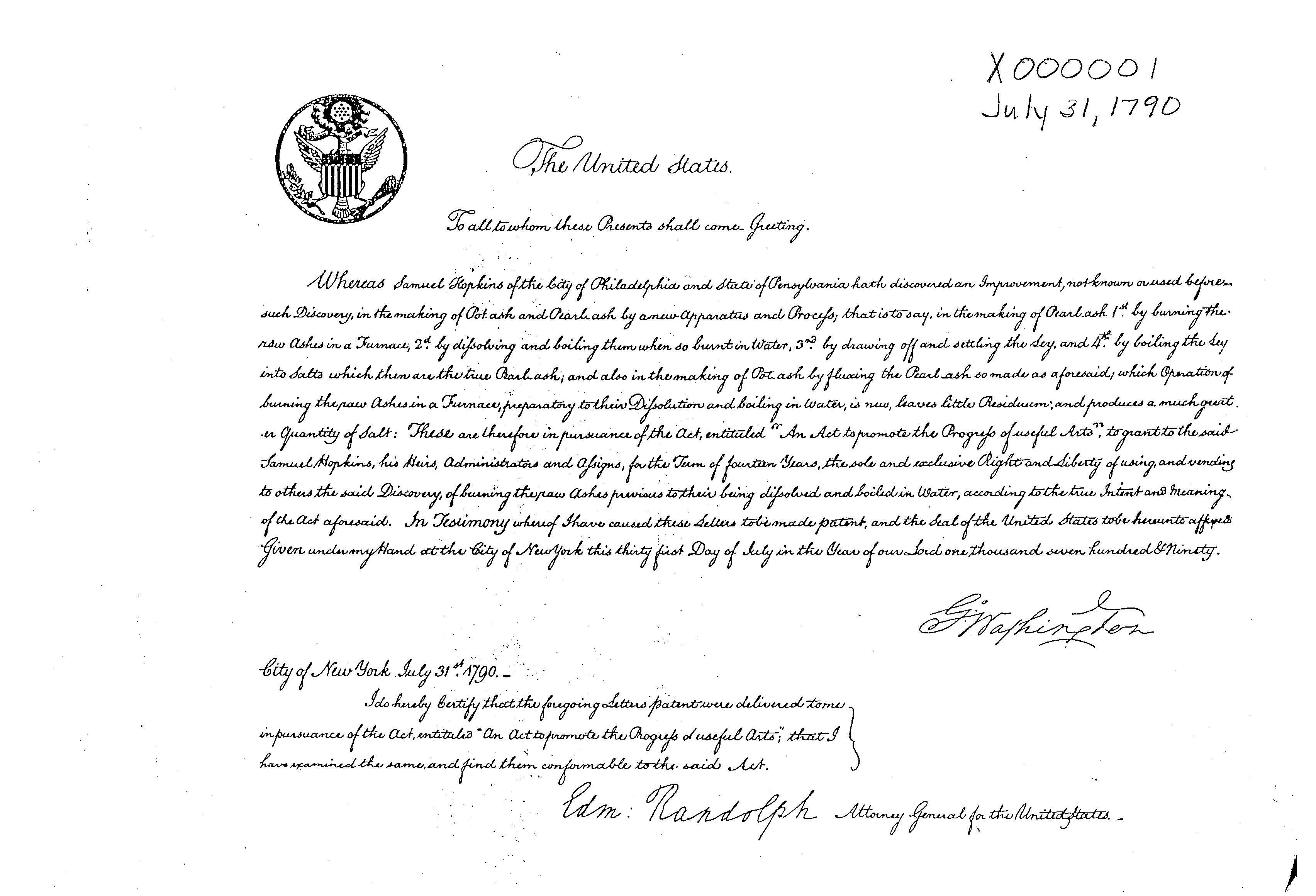 The first United States patent, U.S. Patent No. X1 was granted to Samuel Hopkins in 1790 for “the making of pot ash and pearl ash”. The patent was signed by President George Washington.
The first United States patent, U.S. Patent No. X1 was granted to Samuel Hopkins in 1790 for “the making of pot ash and pearl ash”. The patent was signed by President George Washington.
In 1820, Thomas Jennings invented a process called dry-scouring, a process similar to that of modern-day dry-cleaning. He was granted U.S. Patent No. X3,306, on March 3, 1821, making him the first African-American to receive a patent.
In 1842, the first design patent, U.S. Patent D1, was granted to George Bruce for “New Printing Types” in 1842. This patent was handwritten with no images attached. Bruce acknowledged that he was not the inventor of printing types but stated in the patent that his inventions “are different from all others in their size, proportions, details and impressive effects, combining peculiarities by which they are distinguishable from all others, and these as a whole I claim to be mine”.
The techniques used in modern beer brewing date back to 1873 and can be credited to Louis Pasteur. Pasteur was granted U.S. Patent No. 135,245, for “Improvement in Brewing Beer and Ale.” This 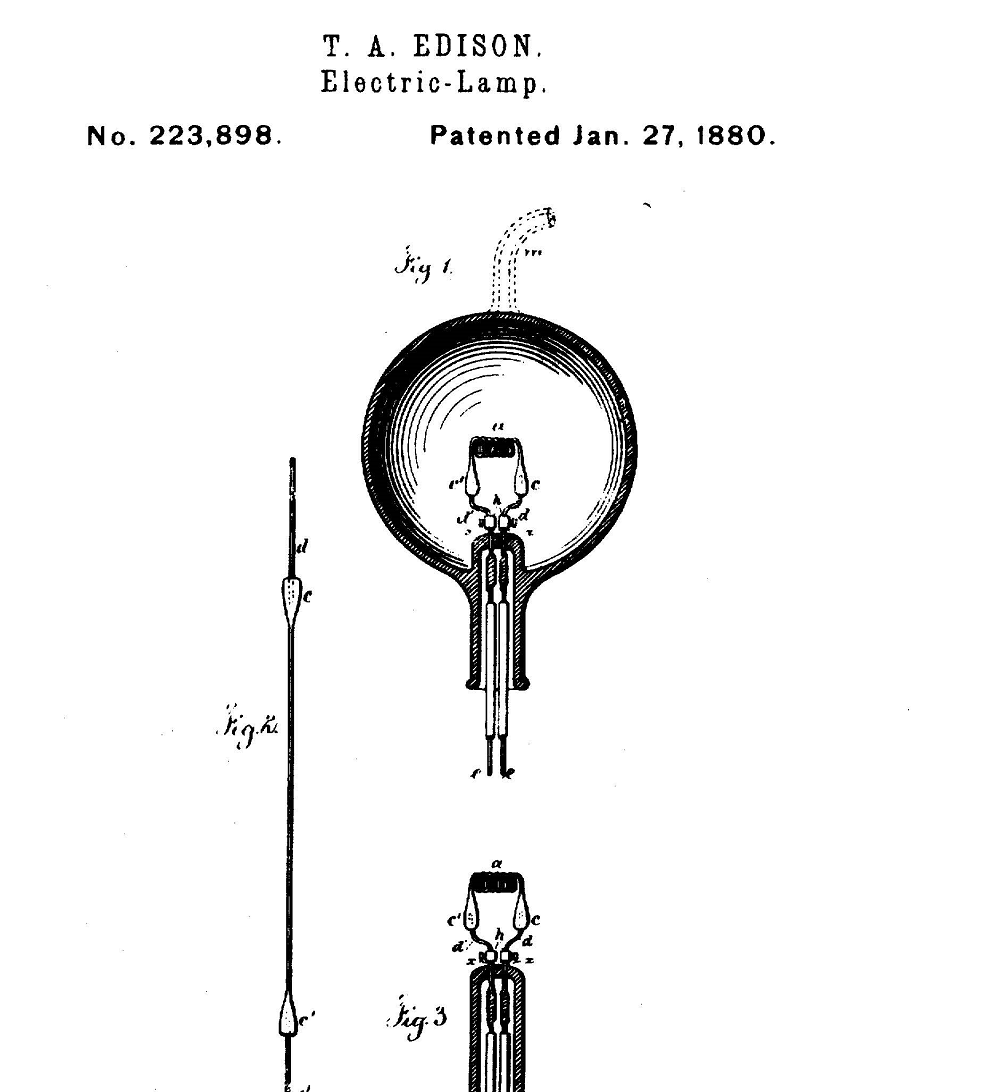 method is the starting layer of modern brewing methods. Cheers, Pasteur!
method is the starting layer of modern brewing methods. Cheers, Pasteur!
Although Thomas Edison did not create the first electric light, he did create the first commercially practical incandescent light. Edison received U.S. Patent No. 223,898 for an "Electric Lamp" in 1880.
1900's

In 1906, Wilbur and Orville Wright changed history. The “Flying Machine,” U.S. Patent No. 821,393, was granted on May 22, 1906, and the Wright Brothers changed the history of transportation forever.
The one-millionth patent, U.S. Patent No. 1,000,000, was granted on August 8, 1911, to Francis H. Holton of Akron, Ohio for a “Vehicle Tire”. This tire was designed to be more resilient to “injury by puncture and very much more durable in service as well as being considerably less expensive in original cost.”
In 1930, Congress passed the Plant Patent Act. This Act created a distinct type of patent that protects new, asexually reproducing, non-tuber, propagated plants. On August 18, 1931, Henry Bosenberg was granted the patent for “Climbing or Trailing Rose” US PP1. The climbing rose or “New Dawn” was the first plant patent granted by the United States Patent Office.

The two millionth patent was granted on April 30, 1935, U.S. Patent No. 2,000,000. “Vehicle Wheel Construction” was issued to Joseph Ledwinka and assigned to
Edward G. Budd Manufacturing Company. This invention relates to vehicle wheels having pneumatic tires, and more particularly to pneumatic tires wheels for railway vehicles such as rail cars.
On September 12, 1961, Kenneth Eldredge was granted U.S. Patent No. 3,000,000, “Automatic Reading System.” This invention, assigned to General Electric, converted human language into machine language. This technology is used to decrease time and errors when inputting data into a machine.
In 1975, the Patent Office is renamed the United States Patent and Trademark Office.
The six millionth patent was granted on December 7, 1999. It was issued to Jeffrey Hawkins and Michael Albanese. U.S. Patent No. 6,000,000, The “Extendible Method and Apparatus for Synchronizing Multiple Files on Two Different Computer Systems,” synchronize multiple files between handheld computer systems and personal computer systems.
2000’s
The seven millionth patent was granted on February 14, 2006. It was issued to John O’Brien. U.S. Patent No. 7,000,000, “Polysaccharide Fibers,” pertains to novel polysaccharide fibers that have “cotton-like” properties but can be produced year-round.
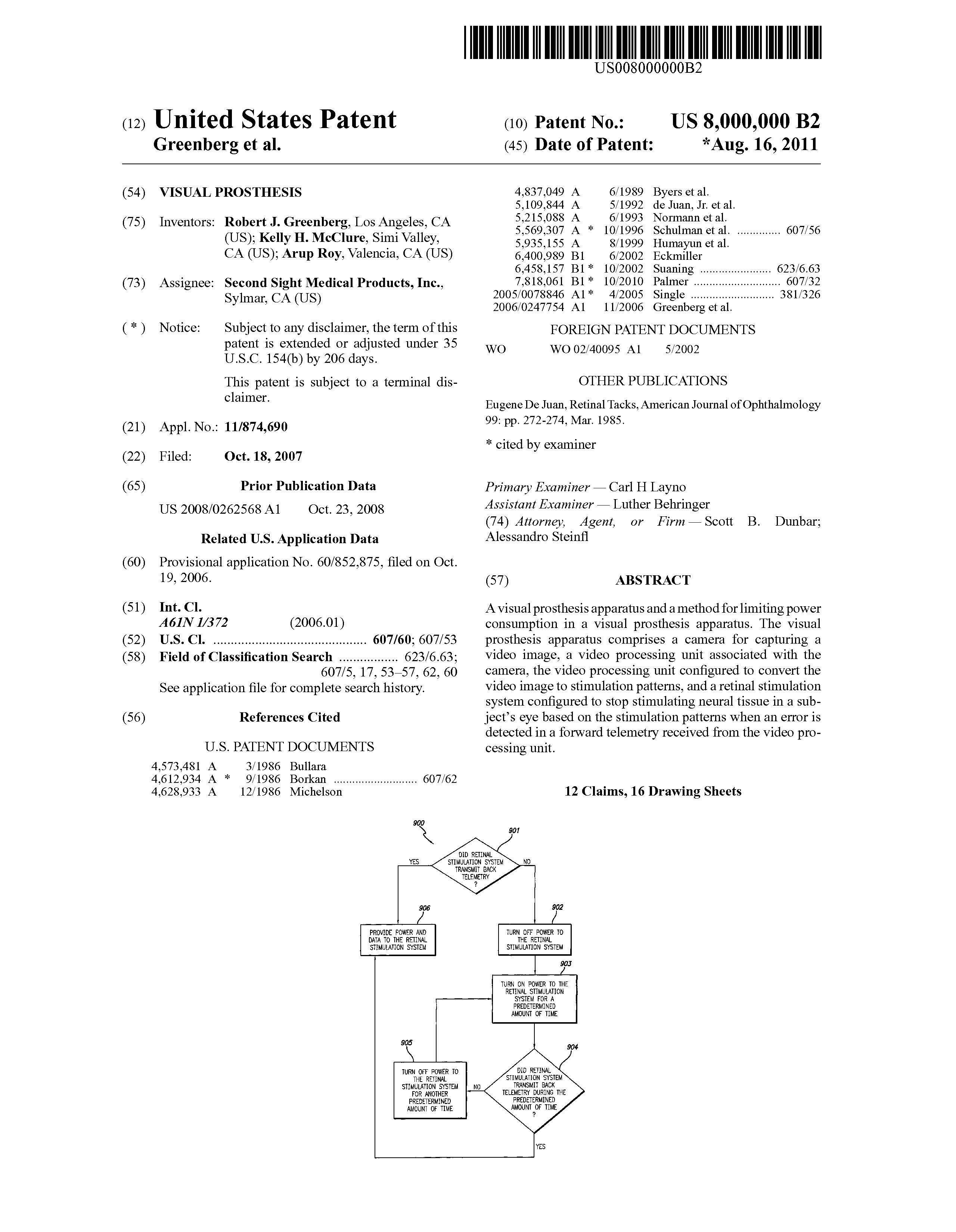 The eight millionth patent was granted on August 16, 2011. It was issued to Second Sight Medical Products. U.S. Patent No. 8,000,000, “Visual Prosthesis,” is an ”apparatus that enhances visual perception for people who have gone blind due to outer retinal degeneration.”
The eight millionth patent was granted on August 16, 2011. It was issued to Second Sight Medical Products. U.S. Patent No. 8,000,000, “Visual Prosthesis,” is an ”apparatus that enhances visual perception for people who have gone blind due to outer retinal degeneration.”
The 9,000,000 patent was granted on April 7, 2015. It was issued to Matthew Carroll. U.S. Patent No. 9,000,000, “Windshield Washer Conditioner,” is a system that collects rainwater from a windshield and recycles the water to clean the windshield.
In celebration of the 10,000,000 patent the USPTO stated, “[a]t this time in our nation’s history, we are proud to celebrate American innovation, the men and women who stand behind it, and the American intellectual property system which has helped fuel it all.”
One can only imagine the breadth of innovation that will occur between now and patent number 20,000,000.
The CAFC Finds the Term “Substantially Filled” is Not Indefinite in Tinnus v. Telebrands
On May 30, 2018, the United States Court of Appeals for the Federal Circuit (CAFC) entered a decision in Tinnus Enterprises v. Telebrands Corporation to reverse and remand a decision by the Patent Trial and Appeal Board (PTAB) to invalidate U.S. Patent No. 9,051,066. The CAFC found that the PTAB erred in its conclusion that the claim term “substantially filled” is indefinite under Packard, 751 F.3d 1307 (Fed. Cir. 2014). The CAFC stated “[t]he Board erred in its analysis when it read the disputed claim term in isolation rather than in the context of the surrounding claim language.”
U.S. Patent No. 9,051,066 titled “System and Method for Filling Containers with Fluids” is a toy known as “Bunch O Balloons” developed by Josh Malone. The dispute began in June of 2015 when Tinnus sued Telebrands for selling a competing product known as “Balloon Bonanza” that infringed the ‘066 patent. Tinnus subsequently moved for a preliminary injunction against Telebrands and the Magistrate Judge issued a Report and Recommendation that recommended granting the motion. The district court overruled objections brought by Telebrand and granted the motion for injunction. In retaliation to the suit, Telebrands filed a Post Grant Review (PGR) with the PTAB against the ‘066 patent on the grounds of U.S.C. § 103 for obviousness and 35 U.S.C. § 112 for indefiniteness. The PTAB found the claim term “substantially filled” was ruled to be indefinite. Independent Claim 1 illustrates the term in context:
An apparatus comprising:
a housing comprising an opening at a first end, and a plurality of holes extending through a common face of the housing at a second end;
a plurality of flexible hollow tubes, each hollow tube attached to the housing at a respective one of the holes at the second end of the housing;
a plurality of containers, each container removably attached to a respective one of the hollow tubes; and
a plurality of elastic fasteners, each elastic fastener clamping a respective one of the plurality of containers to a corresponding hollow tube, and each elastic fastener configured to provide a connecting force that is not less than a weight of one of the containers when substantially filled with water, and to automatically seal its respective one of the plurality of containers upon detaching the container from its corresponding hollow tube, such that shaking the hollow tubes in a state in which the containers are substantially filled with water overcomes the connecting force and causes the containers to detach from the hollow tubes thereby causing the elastic fasteners to automatically seal the containers,
wherein the apparatus is configured to fill the containers substantially simultaneously with a fluid.
Tinnus appealed and the CAFC found that the PTAB was in err. The CAFC stated, “At first blush, the claim term ’substantially filled’ appears to reference the volume of the container. When read in the context of the surrounding claim language, however, it is clear that ‘substantially filled’ serves to inform a person of ordinary skill of the strength of the elastic fastener disclosed in claim 1.” The CAFC further stated, “[t]he Board erred in its analysis when it read the disputed claim term in isolation rather than in the context of the surrounding claim language as § 112(b) requires. Power-One, Inc. v. Artesyn Techs., Inc., 599 F.3d 1343, 1350 (Fed. Cir. 2010) (“To comport with § 112's definiteness requirement, the boundaries of the claim, as construed by the court, must be discernible to a skilled artisan based on the language of the claim, the specification, and the prosecution history, as well as other knowledge of the relevant field of art.”).”
Notable in this case is that the term language of “substantially filled” was not recited in the application that issued as the ‘066 patent, but was rather amended by the examiner with its surrounding language. In particular, the examiner added the underlined language below in Claim 1:
A plurality of elastic fasteners, each elastic fastener clamping a respective one of the plurality of containers to a corresponding hollow tube, and each elastic fastener configured to provide a connecting force that is not less than a weight of one of the containers when substantially filled with water, and to automatically seal its respective one of the plurality of containers upon detaching the container from its corresponding hollow tube, such that shaking the hollow tubes in a state in which the containers are substantially filled with water overcomes the connecting force and causes the containers to detach from the hollow tubes thereby causing the elastic fasteners to automatically seal the containers . . . .
While further proceedings by the PTAB will review the ‘066 patent on grounds, the current ruling by the CAFC brings Tinnus one step closer to victory. Many will view this ruling as an affirmation that inventors still have the ability to protect their patent rights amidst the changing landscape of United States patent law.
Suiter Swantz IP is a full-service intellectual property law firm, based in Omaha, NE, serving all of Nebraska, Iowa, and South Dakota. If you have any intellectual property questions or need assistance with any patent, trademark, or copyright matters and would like to speak with one of our patent attorneys, please contact us.
Patent History: REPOSITIONAL PRESSURE-SENSITIVE ADHESIVE SHEET MATERIAL (Post-it Notes)
On March 16, 1993, Arthur Fry was granted the patent for REPOSITIONAL PRESSURE-SENSITIVE ADHESIVE SHEET MATERIAL, U.S. Patent No. 5,194,299.
Dr. Spencer Silver worked as a scientist for 3M. Silver originally sought to develop a better, stronger adhesive. "It was part of my job as a researcher to develop new adhesives, and at that time we wanted to develop bigger, stronger, tougher adhesives," unfortunately, he had difficulty developing exactly what 3M wanted.
In the process of trying to develop a stronger adhesive for 3M Silver accidentally created a new adhesive. This new adhesive used microspheres which were sticky enough to stick to objects over and over, but not sticky enough to damage the surface. Microspheres are defined as “a microscopic hollow sphere, especially of a protein or synthetic polymer.” These spheres look like the bumps on a basketball under a microscope which helps them stick, unstick, and stick again.
Arthur Fry, a chemical engineer at 3M, and singer in his church’s choir, constantly tried to mark the pages of his hymn book but needed something, besides tape, he could stick to paper without damaging the pages. He attended a seminar Silver hosted and remembered Silver had exactly what he was dreaming of. Fry came to Silver with an idea for the note and a partnership began. The two began to use Post-its around the office and in their personal lives; they soon realized the huge potential that it had.
Fry took the invention to the 3M headquarters directly and it went off from there. 3M launched the product in four cities but initially used the name Press ‘n Peel. After a rebranding of the name Post-it launched in Boise Idaho and 90% of the consumers who tested the product said they would buy it. Once Post-it notes were in consumers’ hands it was "like a virus," said Fry. "It was always a self-advertising product because customers would put the notes on documents they sent to others, arousing the recipient's curiosity. They would look at it, peel it off and play with it, and then go out and buy a pad for themselves."
The iconic yellow color was also a matter of happenstance. The iconic canary yellow was used because at that time it was the only color of scrap paper the lab had on hand when they began producing the note. Now, 3M has a trademark on this color.
To this day 3M produces 50 billion Post-it Notes each year. They have a wide range of products, the newest being Extreme Post-it® notes that are said to hold up on any surface under any condition.
This is another great example of an accidental invention.

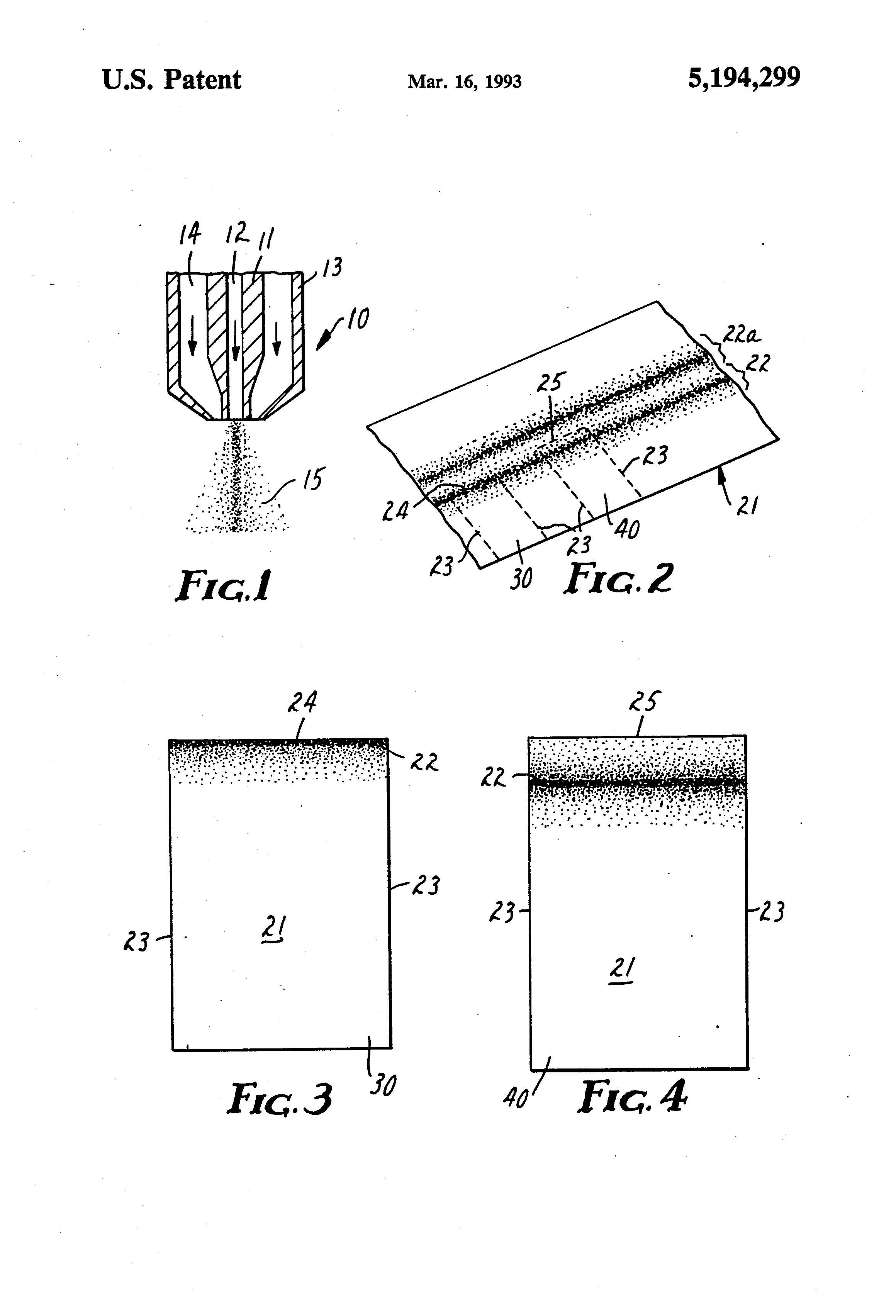
Suiter Swantz IP is a full-service intellectual property law firm, based in Omaha, NE, serving all of Nebraska, Iowa, and South Dakota. If you have any intellectual property questions or need assistance with any patent, trademark, or copyright matters would like to speak with one of our patent attorneys please contact us.
Nike Sues Puma for Patent Infringement
Nike, the Oregon based sportswear company, is the largest sportswear manufacturer in the world. Nike was founded on January 25, 1964, as Blue Ribbon Sports by Bill Bowerman and Phil Knight. On May 4, 1971, the company changed their name to Nike after the Greek Goddess of victory.
Puma, the German-based company, is the sixth leading sportswear manufacturer in the world. The company was founded in 1924 by two brothers, Rudolf Dassler and Adolf Dassler, and was originally called Dassler Brothers Shoe Factory. However, in 1948, the two brothers split forming two separate entities, Adidas and PUMA. Both companies are based in Herzogenaurach, Germany.
Nike alleges that Puma infringed on a number of their patents. Nike has 800 utility patents relating to their Air Technology and 300 more relating to their Flyknit Technology. The patents in question are as follows:
U.S. Patent No. 7,637,032 covers footwear that is a knitted stitch less textile with a smooth and non-bulky joint that is constructed from a textile material with stability ribs.
U.S. Patent No. 8,266,749 claims the method of producing an article of footwear with two separate areas. The first is formed of a stitch configuration and the second is a different stitch configuration that may have warp knitting and weft knitting to form a textile element.
U.S. Patent No. 9,078,488 describes the properties of incorporating a knitted component that has color-shift properties. This can be created by one or more lenticular knit structures with different colors.
U.S. Patent No. 9,375,046 covers an article with a formed unitary knit construction that includes tubular rib structures. The plurality of the tube rib structures are overlapping knit layers and a central area that is unsecured between the two knit layers.
These patents all relate to Nike’s patented Flyknit technology. According to Nike’s website, their Flyknit technology, introduced in 2012, “uses high-strength fibers to create lightweight uppers with targeted areas of support, stretch, and breathability.” An upper is the section of the shoe that is above the sole and covers the foot. Puma introduced their own line of sneakers, the IGNITE line, which, according to Puma is a "fully knit upper" that "gives it lightweight breathability, [and] an incredibly comfortable fit." Nike claims the technology behind IGNITE is a replica of Flyknit and, thus, infringes on Nike’s patents.
Nike is also suing Puma for infringement of its Nike Air technology. This technology is specifically designed to protect athletes’ joints and muscles and is covered in U.S. Patent No. 7,401,420. It claims an article of footwear in one sole structure having a bladder enclosing fluid that provides reinforcement extending around the bladder. According to Nike, Puma began infringing on the ‘420 patent in 2017 with the release of their Jamming footwear.
Lastly, Nike is claiming patent infringement on the assembly of cleats for athletic sneakers. Nike has two patents that cover this technology - U.S. Patent No. 6,973,746 and U.S. Patent No. 9,314,065. Patent ‘746 covers the assembly of cleats having a base with medial and lateral sides, with ground engaging members and rigid medial and lateral support bars which correspond to a midfoot section. Patent ‘065 covers an article of footwear having a base plate with a structure designed to disperse stud pressure and enhance support during rapid changes in the direction and movement of the foot.
Nike claimed Puma’s infringement of its cleat assembly began in 2015 when Puma launched evoSPEED. However, Nike believes it goes further than evoSPEED and includes ONE 18.1 Syn FG and FUTURE Netfit FG/AG footwear.
As stated in the complaint, “[Nike] brings inspiration and innovation to every athlete in the world, by investing heavily in research, design, and development.” Puma, on the other hand, “has forgone independent innovation and is instead using Nike’s technologies without permission."
Nike sent Puma a cease-and-desist letter, but Puma continued to market their shoes. Puma also allegedly continued to introduce new footwear that further infringed on Nike’s patents.
Nike is seeking monetary damages, including “an award of damages adequate to compensate Nike for Puma’s infringements of the Nike patents that have occurred, together with prejudgment and post-judgment interest and costs.”
Suiter Swantz IP is a full-service intellectual property law firm, based in Omaha, NE, serving all of Nebraska, Iowa, and South Dakota. If you have any intellectual property questions or need assistance with any patent, trademark, or copyright matters and would like to speak with one of our patent attorneys please contact us.
Matt Poulsen on Panel for Research Patent and Trademark Information: Essential Information You Need to Protect Your IP
Matt Poulsen of Suiter Swantz IP will be part of a panel for the program: Research Patent and Trademark Information: Essential Information You Need to Protect Your Intellectual Property. This free program is presented by the United States Patent and Trademark Office's (USPTO) Sharyl Overhiser and Spruce Fraser, and hosted by the University of Nebraska College of Law Schmid Law Library.
Additional panelists include Brett Stohs, Assistant Professor of Law & Cline Williams Director of the Weibling Entrepreneurship Clinic, and Dr. Shane Farritor, Lederer Professor of Engineering.
The workshops will provide an opportunity to learn to how to navigate USPTO resources, ask questions, and learn about helpful local resources.
If interested in learning more or to register please click here.

